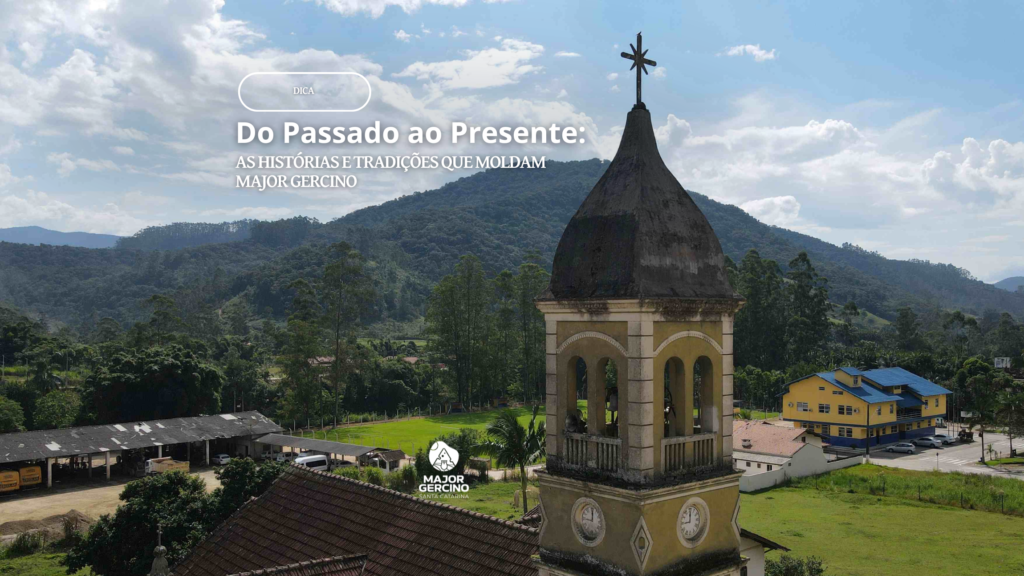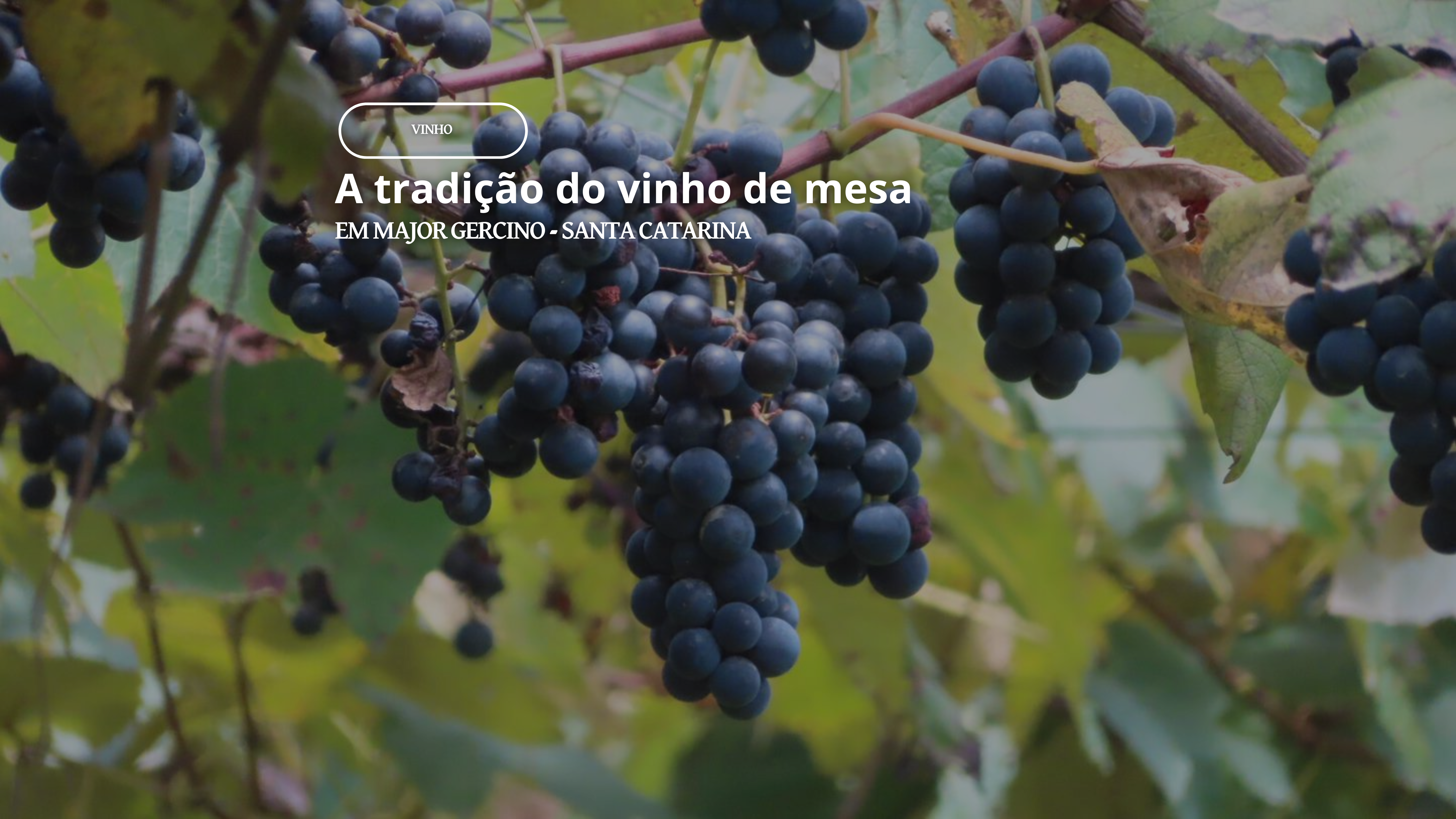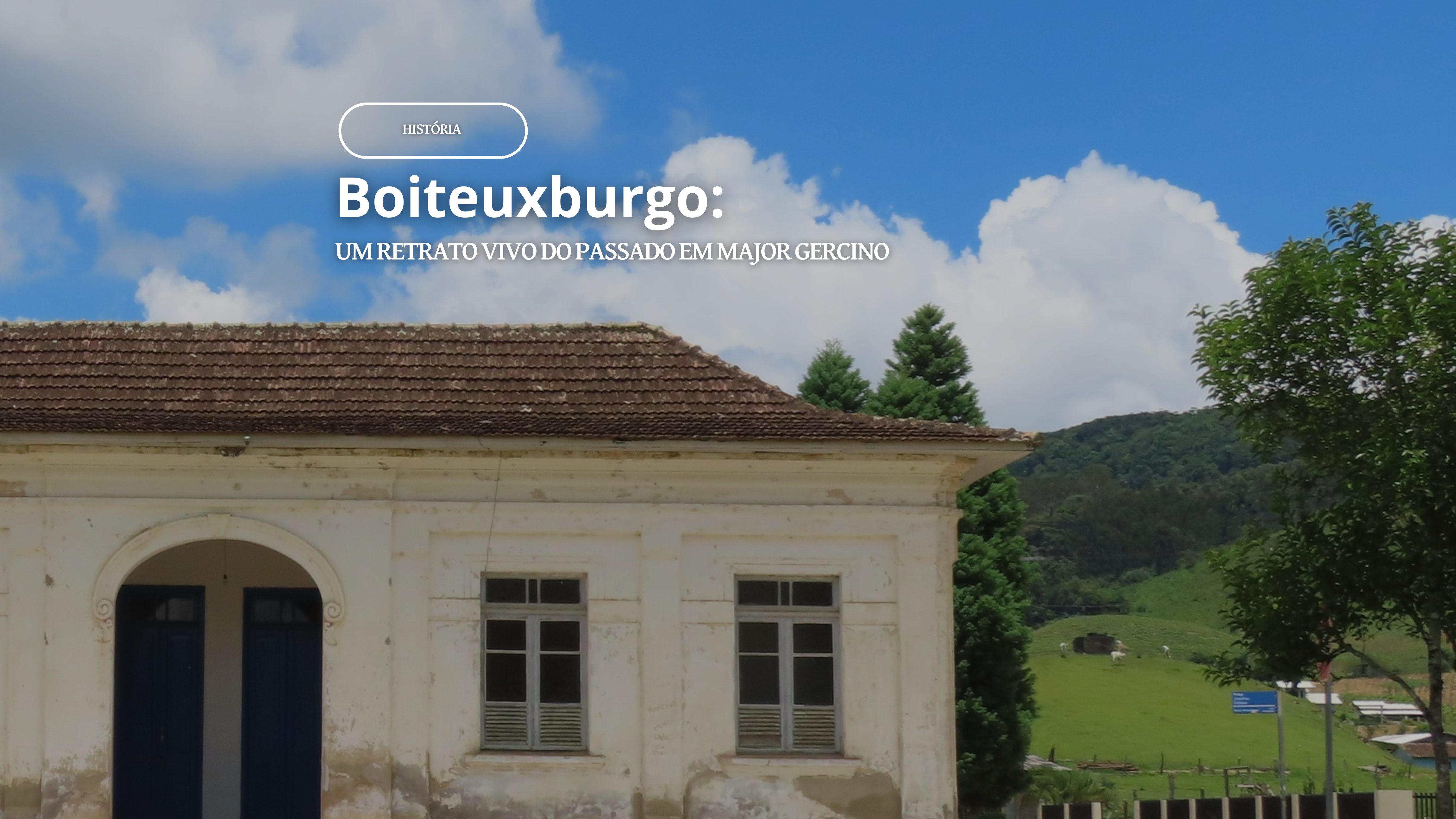Introduction
If you’re one of those people who loves to visit destinations with history and culture, Major Gercino is a must-see! From the city’s name, which pays homage to a key figure in its development, to the neighborhoods that helped shape the local culture, such as Boiteuxburgo, every corner of this municipality has a story to tell. Let’s explore the historical and cultural landmarks that defined, and still define, the essence of Major Gercino, from its origins to the activities that continue to this day.
The Name That Tells the Story:
To understand the history and rich culture of Major Gercino, there is nothing better than starting by understanding the name of the municipality.
Gercino Corrêa de Souza was an essential figure in the history of Major Gercino, and is the reason why the city bears his name. Born in the late 19th century, Gercino was a Brazilian military man and politician who played a crucial role in the colonization and development of the region.
During his life, Gercino dedicated himself to supporting the first settlers, helping them establish themselves on land that eventually became the city we know today. His work was essential to the prosperity of Major Gercino, and his legacy can be seen in many aspects of the municipality. Gercino’s figure is not only in the name, but also in the history and culture he helped to build.

In the town's central square, a statue of Major Gercino symbolizes his importance. The statue serves as a constant reminder of the influence he had on the region and his dedication to the growth and stability of the town.
Boiteuxburgo: One of the colonial centers of Brazil!
In Major Gercino, one of the most important and emblematic neighborhoods in the city is Boiteuxburgo, which played a fundamental role in shaping local history and culture.
Founded in 1870, the neighborhood received a large number of European immigrants, mainly Germans, Italians and Poles, who brought their agricultural traditions and knowledge, contributing significantly to the development of the region. In 1910, Major Gercino was designated as a federal colonial nucleus.
One federal colonial nucleus was a designation given by the Brazilian government in the 19th and early 20th centuries to regions that were intended for the settlement of foreign immigrants, with the aim of promoting agricultural and population development in rural areas of the country. These areas received federal support for the construction of infrastructure, such as roads and schools, and offered land so that immigrants could settle and work in agriculture.
In the case of Major Gercino, the designation as federal colonial nucleus in 1910 it was an important milestone for the development of the region, attracting more immigrants and boosting local agriculture, in addition to contributing to the growth of the population and economy of the municipality, which, in the 1920s, came to house around 4 thousand residents.
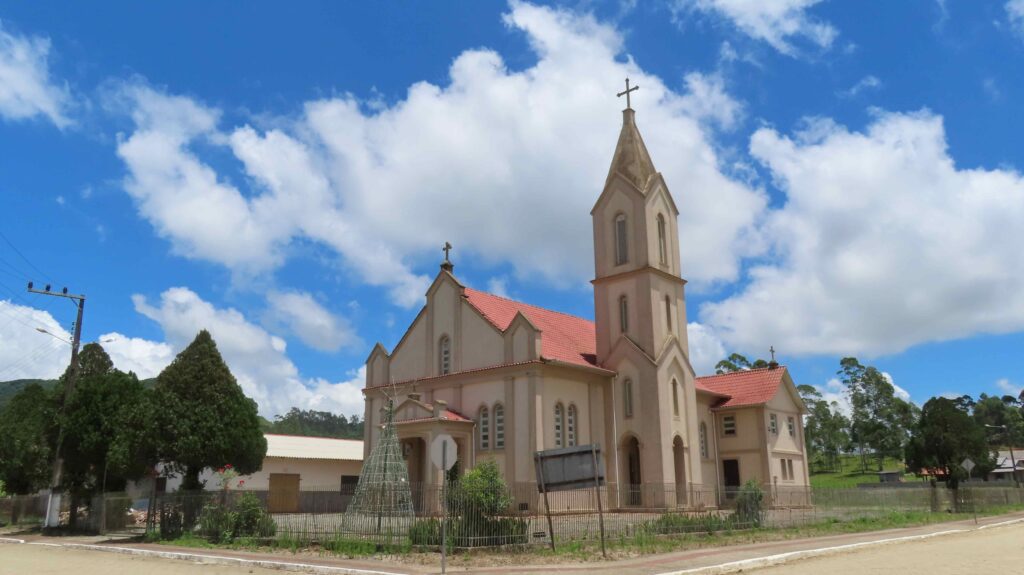
However, over the years, the neighborhood began to suffer a process of abandonment. Many of its inhabitants migrated to other regions in search of new job opportunities and better living conditions, especially from the 1940s onwards. This movement resulted in the population decline of Boiteuxburgo, which today has around 200 residents.
Despite its gradual abandonment, Boiteuxburgo still preserves a rich historical and cultural heritage, visible in the old buildings and enduring traditions. Today, the neighborhood is a silent testimony to Major Gercino's past, a place that, although less inhabited, continues to represent a strong link with the roots and history of the municipality.
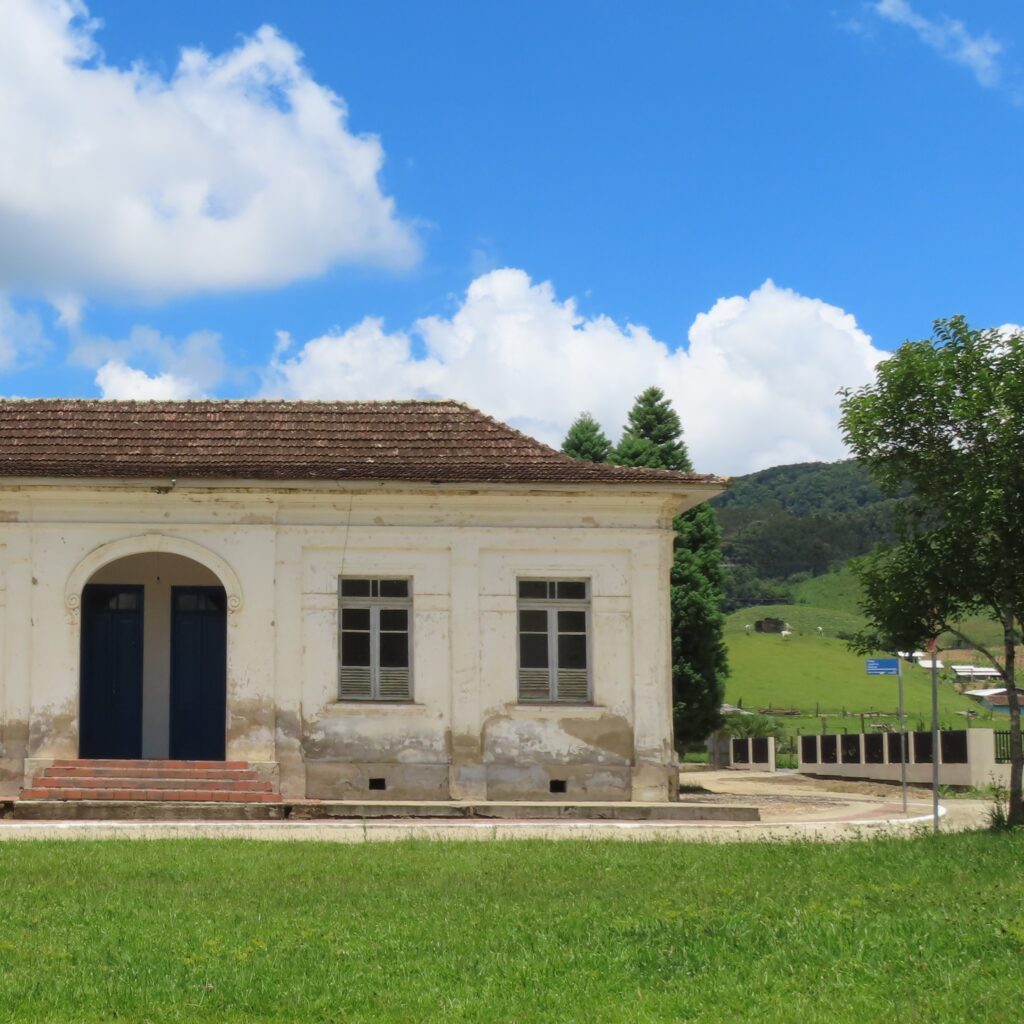
Churches: Historical and Spiritual Treasures of Major Gercino
In Major Gercino, it is impossible to talk about history and culture without mentioning its churches. Each of them holds stories of struggle, devotion and transformations that have shaped the life of the community over the years. If you want to understand a little more about the soul of Major Gercino, these churches are an unmissable starting point.
Senhor Bom Jesus Parish (Old Main Church)
A Parish of the Lord Good Jesus, also known as the old Major Gercino Parish Church, is a landmark of great historical importance for the city. Its history begins in the early 20th century, when the local community, with a strong German-speaking influence, asked the priests of Santo Amaro da Imperatriz to meet their religious needs, since the priests from Tijucas were unable to arrive in a timely manner. The parish had its difficulties in the beginning, but it took shape over the years, reflecting the efforts of the population to keep their faith and traditions alive.
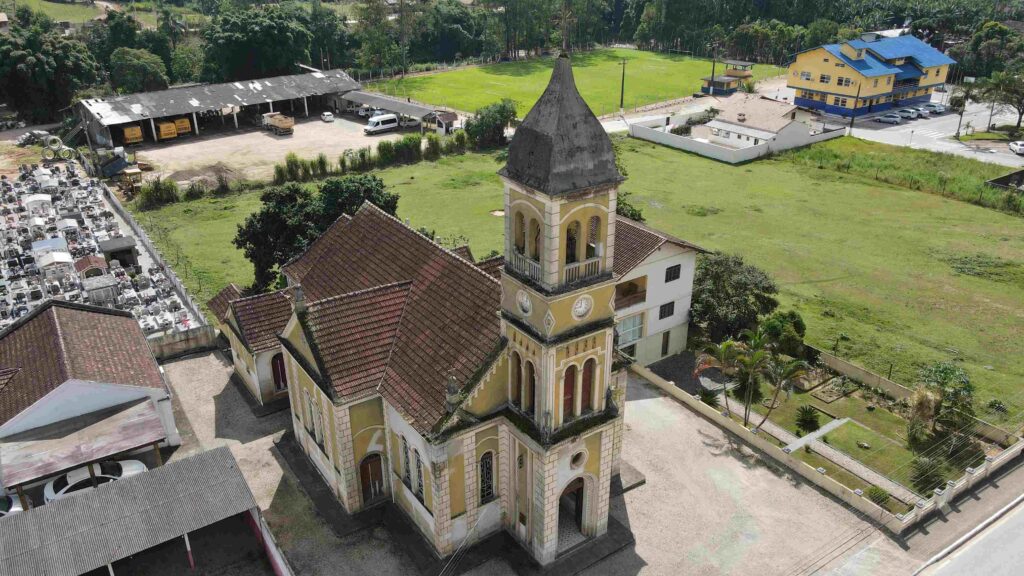
In 1968, Monsignor José Locks began construction of the new Main Church to replace the old one, which no longer met the needs of a growing population. The old church, with its German architecture still visible, was preserved and used for other purposes, including as a health center. Today, it is still possible to visit the site, which is undergoing renovations to restore its former glory, while the new Main Church, just a few meters away, continues to be a center of faith and spirituality for the community.
Lord Bom Jesus Parish Church
Next to the City Council Chamber, the Lord Bom Jesus Parish Church stands out not only for its architectural beauty, but also for its significance to the community of Major Gercino. Inaugurated in 1993, this church was built to replace the old Igreja Matriz, which no longer met the needs of the city's growing population. The decree of the Metropolitan Curia established the Senhor Bom Jesus Parish, separating it from the parishes of Leoberto Leal and São João Batista, and the church became the new center of faith for the community.
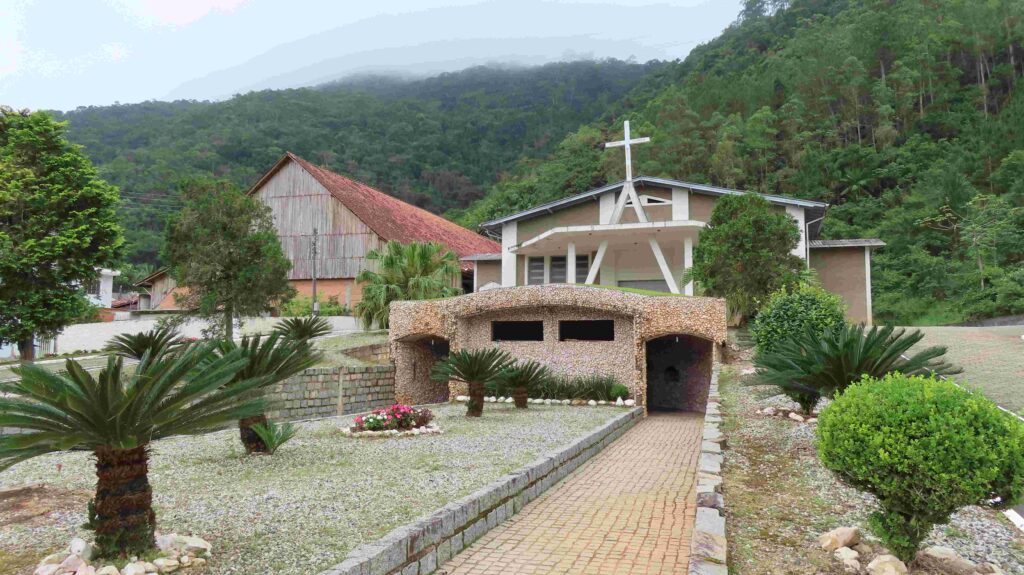
The church has a courtyard surrounded by nature, and right at the entrance, visitors are greeted by a grotto dedicated to Our Lady of Lourdes, where many seek moments of devotion and reflection. The Igreja Matriz Senhor Bom Jesus is also a tribute to Monsignor José Locks, whose journey of faith touched the lives of so many people throughout the region. Every detail of the place invites visitors to experience moments of peace and spirituality amidst a welcoming environment, full of history and devotion.
Church of Our Lady of Czestochowa – Monte Claro
Located in the peaceful community of Pinheiral, Church of Our Lady of Czestochowa is another highlight in the historical and religious scene of Major Gercino. Dedicated to the Patroness of Poland, this church has a special connection with the descendants of Poles who live in the region, being a place of devotion that spans generations. Devotion to Our Lady of Czestochowa was intensified throughout the world, starting with Pope Saint John Paul II, who was her particular devotee.
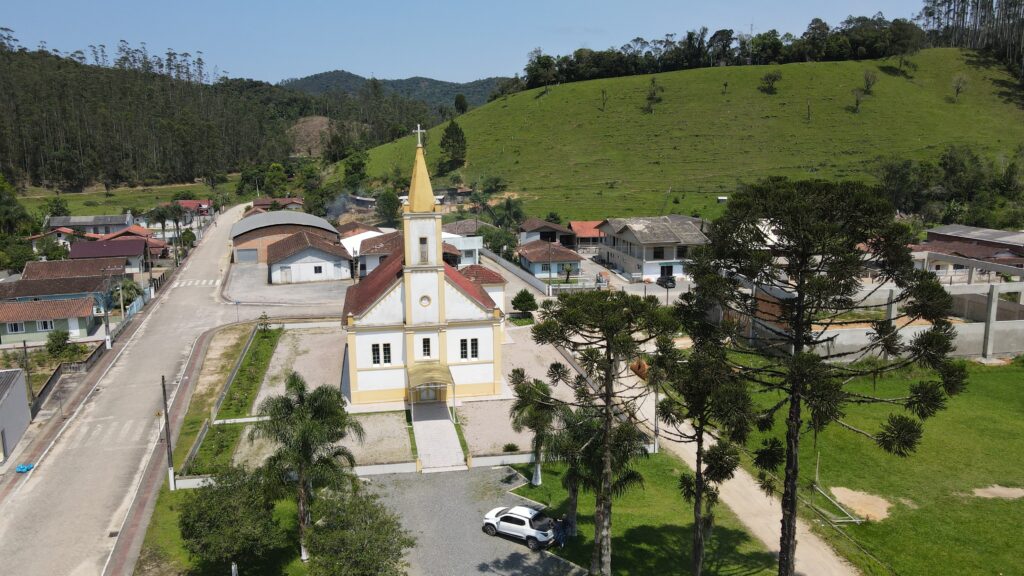
Winemaking: Tradition and Culture in Every Bunch of Grapes
Another unique part of Major Gercino is the cultivation of grapes and the production of wine, which go beyond agriculture; they are traditions that carry history and pride, making up the entire local scene.
Here, it is common to see grape plantations in the backyards of homes, where they are cultivated with the same care that the residents dedicate to their own historical roots. Over the generations, the community has perfected the art of transforming these grapes into wines and colonial products. The grape products produced here have become an essential part of everyday life and a symbol of the community spirit of Major Gercino, reflecting the rich tradition of family winemaking.

Because they are grown on small family plantations, grape products are made by hand and in small quantities, ensuring authenticity and quality in each item. The grapes are lovingly grown on local properties and are transformed into a variety of colonial products, such as jams, cakes and natural juices, as well as traditional table wine, which carries the unique flavor of the region.
These artisanal products are not found in large markets; instead, they can be purchased directly from the producers or in local colonial emporiums, where the true essence of Major Gercino is preserved. Among the most beloved places are Marize's Homemade Delights and the Polaquinha Colonial Products, where visitors can enjoy an authentic experience, enjoying and taking home a little of the local flavors and tradition. These small establishments are true treasures of the community, allowing each visitor to feel the genuine taste and hospitality of Major Gercino in each product.
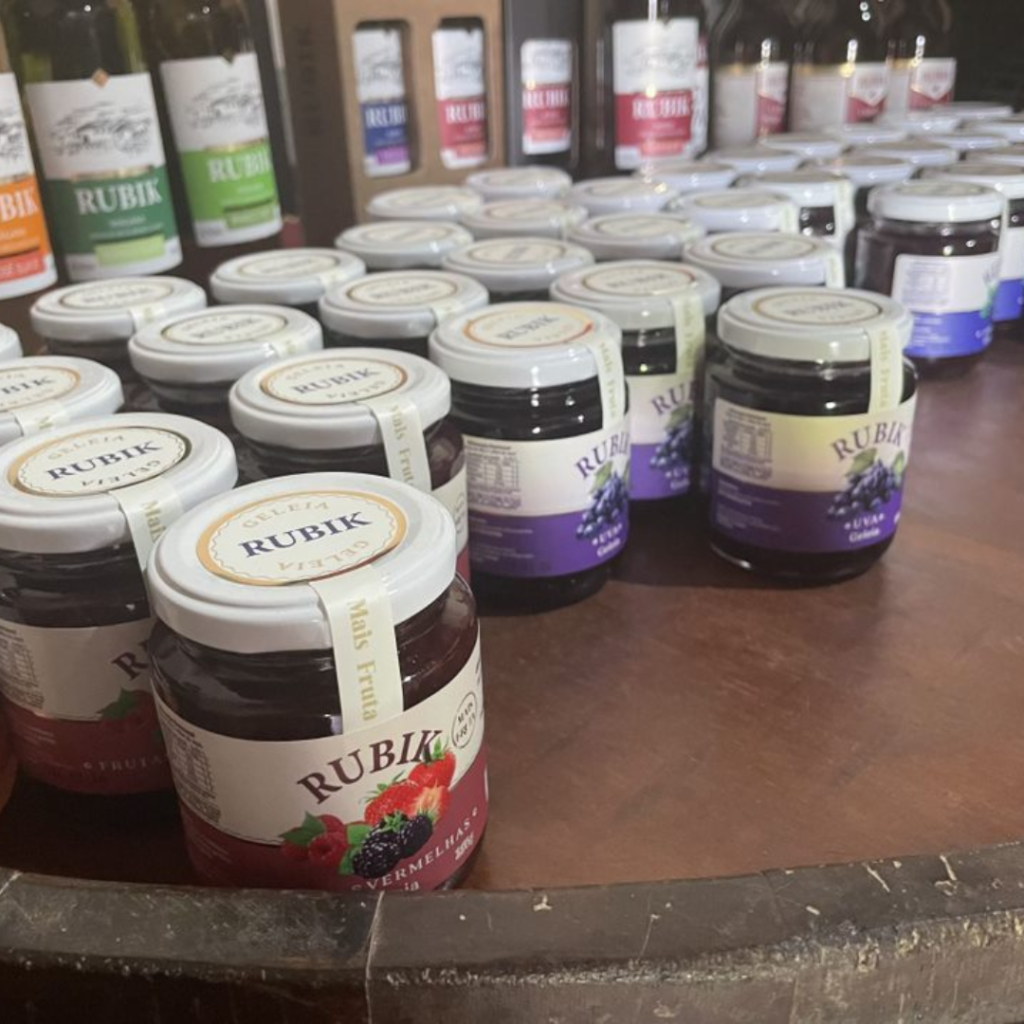
Diamante Cheese: An Artisanal Delight Only from Major Gercino
Major Gercino is also home to a culinary treasure that reflects centuries of history and dedication: Queijo Diamante. This cheese is a symbol of local tradition, produced exclusively in the Diamante neighborhood of Major Gercino. It is produced by hand using methods passed down from generation to generation, always respecting the roots of the community and ensuring an authentic flavor.
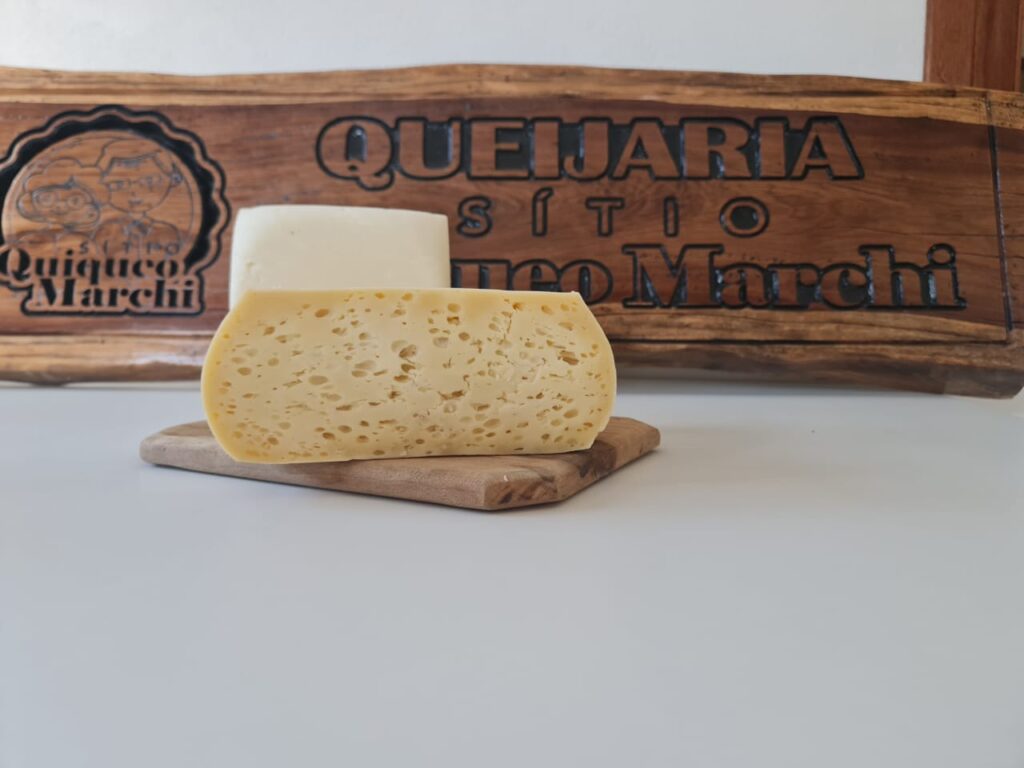
Made with fresh milk from Jersey cows, Diamante Cheese has a yellowish rind, soft texture and a mild flavor with almond notes. The manufacturing process uses salt and coagulant, with maturation on native wood shelves, which preserves its aroma and artisanal quality. Recognized with the Arte Seal, this certification guarantees that Diamante Cheese maintains the authenticity of family production and uses ingredients of known origin.
For those who wish to try this unique delicacy, Diamante Cheese can be found at local family-run cheese shops such as Vô Ipa Cheese Factory and the Quiqueo Marchi Site, as well as small emporiums and stores, such as Delícias Caseiras da Marize and Polaquinha Produtos Coloniais. Each piece tells a little of the history of Major Gercino, providing an authentic immersion in the culture and flavors of the region.
Conclusion:
When you learn about the history and traditions of Major Gercino, you can see how the city proudly preserves the influences that shaped its formation. From the historical figures who helped colonize it to the neighborhoods that still preserve the legacy of immigrants, to the churches and agricultural culture, every element of this city reflects the dedication and community spirit of its residents. Major Gercino is an example of how the past shapes the present, and learning about its history is understanding the true heart of the city.

